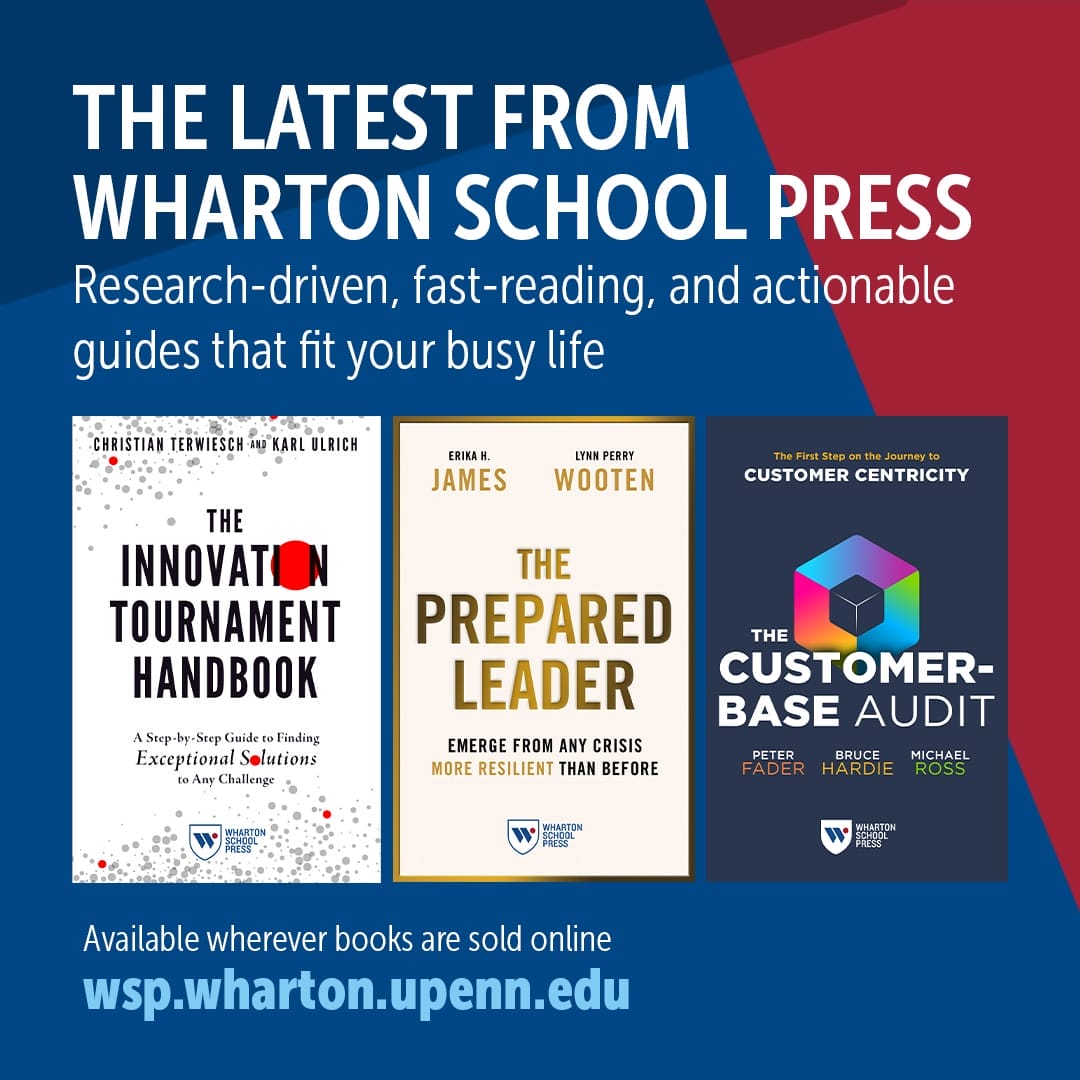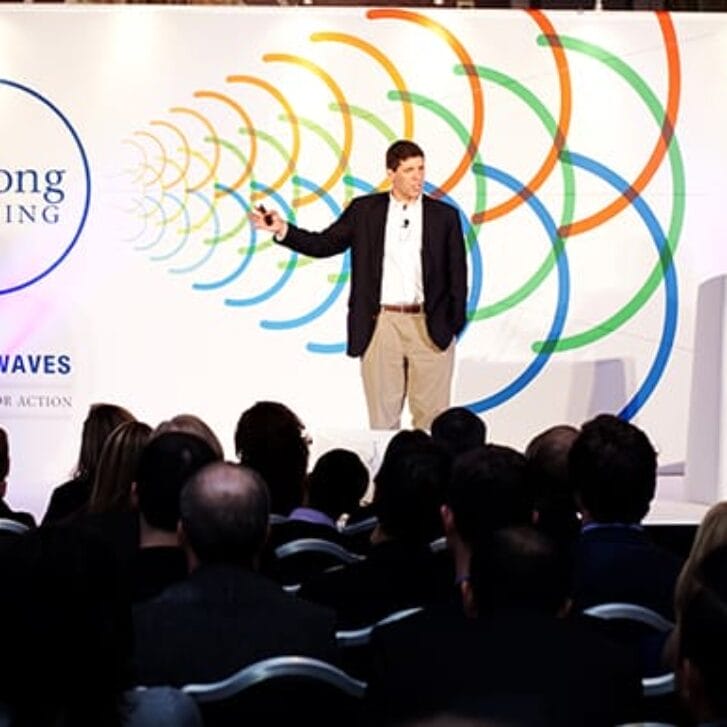Just a few weeks ago, I gave a lecture in Professor Peter Fader’s Marketing 775 course and participated in the fascinating classroom discussion on the discipline of managing the value of customer relationships.

Prof. Peter Fader in action in class
I’m a big believer that you can’t manage what you don’t measure. When it comes to customer relationships, it’s paramount for brands to measure satisfaction across all customer touch points. One measurement of satisfaction is word of mouth, and the debates on exactly how to measure it have echoed within many corporations.
Readers may be familiar with Net Promoter Score (NPS), a measure that has been adopted by many companies. With NPS, customers answer a single question: On a zero-to-10 scale, how likely would you be to recommend this company? This question yields a single score that’s easy to report and acclaimed for its simplicity. Responders are categorized as brand promoters (nine to 10), passive (satisfied but unenthusiastic) customers (seven to eight), and brand detractors (six or lower). I don’t think it’s an exaggeration to say NPS has been seminal in helping rally organizations around the concept of a positive customer experience.
But the metric was introduced a decade ago, and it begs the question as to whether it has stood the test of time. Given today’s more empowered consumers, coupled with the rise of social media networks and sites like Yelp, can NPS still accurately predict promoter and detractor behavior? Was it ever tenable for NPS to identify true detractors when asking customers only about their likelihood to promote? Just because you don’t rave about something, does that mean you hate it? When was the last time you recommended your favorite brand of toilet paper to a friend?
NPS viability has been hotly debated, particularly within the classroom of Dr. Fader, Wharton’s Frances and Pei-Yuan Chia Professor and co-director of the Wharton Customer Analytics Initiative. As this debate has moved to the fore, I’ve been lucky to have a front-row seat, courtesy of Larry Freed, CEO of ForeSee, with whom I’ve recently been working.
In his book Innovating Analytics: Word of Mouth Index—How the Next Generation of Net Promoter Can Increase Sales and Drive Business Results, Freed describes how ForeSee conducted two years of research, with more than 300 companies, about NPS. In addition to confirming that asking about likelihood to promote in no way measures likelihood to detract, his data also show that NPS can be inaccurate in measuring detractor activity, overstating detractors by 270 percent on average.
The financial implications are worrisome for the many brands that spend money trying to mitigate and convert NPS-designated detractors, who in many cases simply don’t exist.
Freed proposes a new measurement, the Word of Mouth Index (WoMI). WoMI augments NPS by preserving NPS’ first question, while adding just one other: How likely are you to discourage others from doing business with this company? As with NPS, companies receive a single score, but one that more accurately weighs positive and negative word of mouth.
As a chief marketing officer educated within the halls of Wharton, what fascinates me about this evolution of marketing is that it is dedicated to taking an analytical approach to measuring customer satisfaction—and achieves real-world benefits for brands.
I look forward to digging even deeper into the field of customer experience, and to continuing the dialogue with the Wharton community and hearing what Dr. Fader’s students conclude.


























